It really seems that the concept of time has been broken for the past year and a half, as annual events have been cancelled as a result of the pandemic and we’ve been forced to stay at home for extended periods. How many times have you thought to yourself, “There’s only three months until 2022? But I haven’t even done anything this year!” But yes, last we checked, it’s still 2021.
So why is it we’re seeing vehicles with model years at least a year (sometimes two years, occasionally even three) ahead of when they are actually revealed? Over in the United States, most new cars sold right now are labelled 2022, while the new Nissan Z is a 2023 model and the GMC Hummer EV SUV a 2024. Closer to home, the facelifted Proton Iriz and Persona have been marketed as 2022 vehicles, even though you can buy one today. Here, we’re going to clear up the confusing concept of model years.
It’s all about marketing, baby
The very arbitrary notion of attaching model years to cars is an American tradition, and as with many aspects of life it is deeply rooted in marketing. The yearly US television season typically starts in the autumn (around this time, actually), during which new TV series are introduced and new seasons of existing shows are broadcast. This results in an influx of viewers tuning in during this period and thus companies spend more money on advertising to soak up those extra eyeballs.
As such, carmakers time their model year updates to coincide with the increased marketing, and since new is always better, an extra year is tacked on to symbolise just how fresh and exciting a new product is. After all, they will have to continue selling the car for the next 12 months, and nobody will want to be caught dead selling a 2021 car in 2022.
The American publication Car & Driver provided another explanation for the model year discrepancy – an executive order from president Franklin D Roosevelt in the mid-1930s decreeing that carmakers release new vehicles in the autumn for the “regularisation of employment in the [automotive] industry.”
The reason for this is simple – as factory workers were typically idled during a new model changeover, bringing this period forward to before the new calendar year ensured that these workers would be employed throughout the winter holiday season, so they would be able to spend more.
Yearly updates – common in America, not so much everywhere else
Also originating in America are yearly product updates, again a result of everything needing to appear new all the time. Just like with us, cars sold in the US come in a range of trim levels – there are optional extras, sure, but nowhere near the extent of Europe, where buyers can choose literally any feature the car comes with.
This allows carmakers to play around with the level of equipment each year, in order to increase the perceived value of money of a car and keep it fresh in buyers’ minds. Perhaps a sunroof is added to the top variant, or autonomous emergency braking becomes a standard feature. Technical updates are also occasionally introduced during this time, along with the usual facelifts and full model changes.
In other parts of the world, the need for constant change just isn’t there. Cars can stay on the market for years without needing any tweaks, so you don’t see model years being marketed quite so much – the word “new” gets tacked onto the name after every facelift or FMC, but that’s about it.
No hard and fast rule
That’s all to say that model years are very much made up and not heavily regulated, which is why carmakers often play fast and loose with them. For instance, the aforementioned Nissan Z was revealed last month but will carry the 2023 designation, while Hummer EV SUV is being marketed as a 2024 model – a full three years after its reveal.
Again, it’s all to do with marketing. New models – especially highly-anticipated cars like the Z and Hummer EV – are sometimes revealed two to three years before their specified model years (and a year or two before they are due to go on sale), in order to ramp up excitement before the cars are actually ready to go on sale. This model year difference is usually reduced to just a year for facelifted models (and they’ll go on sale within a few weeks or months after their debut), because there’s not so much hype surrounding them.
There’s another benefit to putting model years so far ahead of the actual on-sale date – it means companies can continue selling the previous model and finish off any outstanding stock. A 2021 version of an old car is still a 2021 car being sold in 2021, even though it may have been built in 2020 and superseded by a 2022 model. We all know that model years are not what they seem, but the mental effect is there regardless.
What does it mean for us (not the US)?
But there’s one last question that’s probably on your mind – what does this have to do with us Malaysians? Well, with the advent of globalisation, more and more car companies outside the US are beginning to adopt the convoluted American model year system, even though we’re so far removed from the reasons that system came to be.
In truth, there’s no real reason for the new Iriz and Persona to be called 2022 models – it’s purely a marketing choice, just like how last year’s facelifted Hilux was advertised as a 2021 model even though it didn’t need to be. It makes our job a little bit tougher, but at the end of the day it’s just numbers at the front of a headline.
Thankfully, this practice is relatively new, and most companies still prefer the usual “new” and “all new” phrases. The model year system, aside from being confusing for the average buyer, only really work if there are yearly updates – which aren’t all that common in Malaysia. Before this latest facelift, the last time the Iriz and Persona were revised was back in 2019, during which there were referred to as 2019 models – doesn’t sound so new and fresh (and appealing to buyers) in 2021, does it?
That’s not to say that there aren’t any yearly product updates here. Just as they do globally, companies like BMW, Mercedes and Volvo release product updates every year (even every few months sometimes), as modular product development allows features and technologies introduced on a new model to immediately trickle down to the rest of the lineup.
Even then, these brands generally won’t make a distinction between one model year and the next in marketing materials, except perhaps on brochures and showroom display stands. If you are lucky enough to order the latest version of a particular car, that’s great; if not, too bad.
Where do we stand?
As for us, outside of instances where the model year is specifically mentioned in press materials (or if we know exactly when the car will be launched in Malaysia), we’ll continue to follow the calendar year in which the car is revealed.
As much as we’d like to think that all our readers are card-carrying car enthusiasts, we acknowledge that not everyone who comes to the site is able to distinguish between model codenames – not every Tom, Dick and Harry will know that a G20 BMW 3 Series is different from an F30, for example.
Putting the car’s launch year on our headlines also helps readers find our articles when they search for car names on Google. Most people look up either the current year for the latest model (like “2021 Honda City“) or a specific year for an older generation (like “2014 Honda City“). Unless you’re a hardened car nut like us, you wouldn’t be searching for GN or GM6.
At the end of it all, using calendar years just makes it easier for everybody to be on the same page. Well, except when model years come into the picture…
What about nicknames?
One often-overlooked fact of the local automotive scene is that many Malaysians tend to refer to a particular generation of model not by their launch year or codename, but by a nickname. Readers tend to latch on to certain phrases reported by the media – the renewed Proton Saga in 2008 is often called by its development name Base Line Model (BLM), despite the term never appearing in promotional materials at the time.
Then there are the promotional slogans themselves, which are so catchy that they have become a symbol of the car itself. The defining example of this is the second-generation Perodua Myvi, which came with the slogan “Lagi Best“; nowadays, if you’re looking for parts online, a simple “Myvi Lagi Best” search is all you need. This was repeated with the facelifted version, which was marketed as “A Malaysian Icon Made Better” and now colloquially goes by the name “Myvi Icon”.
Elsewhere, nicknames derived from a car’s design are common – “dugong” and “keli” for the Toyota Vios and “pari” for the Honda Accord SV4 come to mind. And of course, who can forget “mayat“, “bullet” and “dolphin” being used on the Honda Civic EF and EG?
Carmakers don’t like these terms because they “ruin” the image of the car (we won’t use them because they look unprofessional and we have to standardise car names on our site), but we have to admit there is a certain charm to these monikers. Calling the tenth-generation Civic “ketam” (because of the pincer-like taillights) gives the C-segment sedan so much more character than simply calling it Civic FC – and it also provides an unmistakeable Malaysian flair.
In summary, names are simply that – names. Don’t get hung up over them, and just have fun!
*Don’t worry, we were just testing you. ;)
The post It’s 2021, but we have the 2022 Proton Iriz and 2023 Nissan Z? The “model year” confusion explained appeared first on Paul Tan's Automotive News.

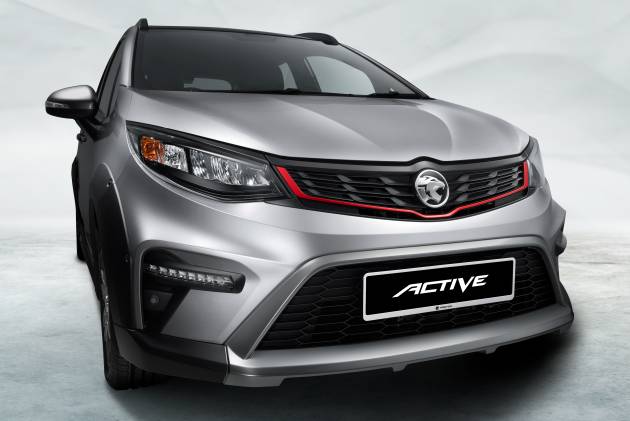
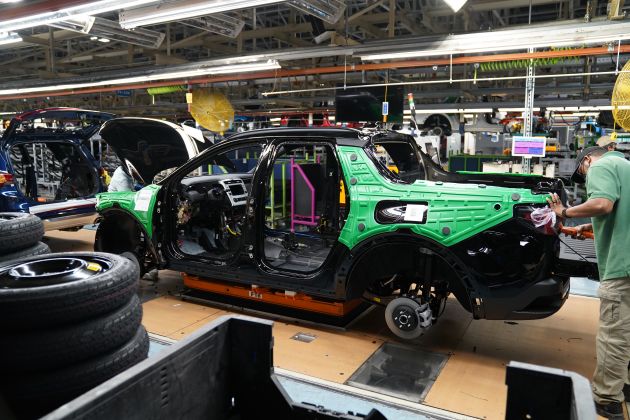
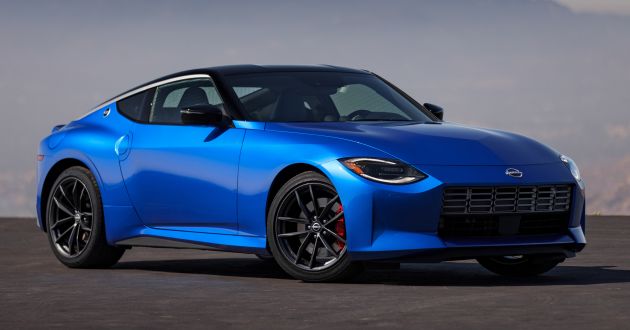
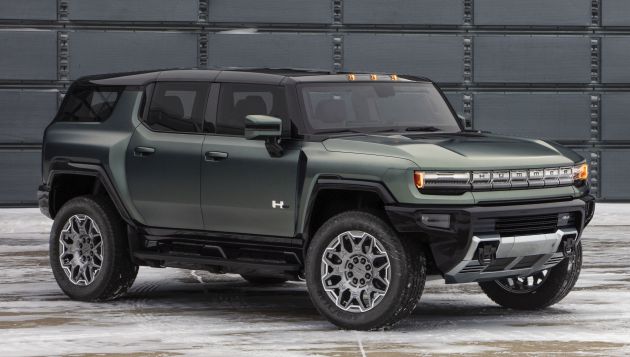
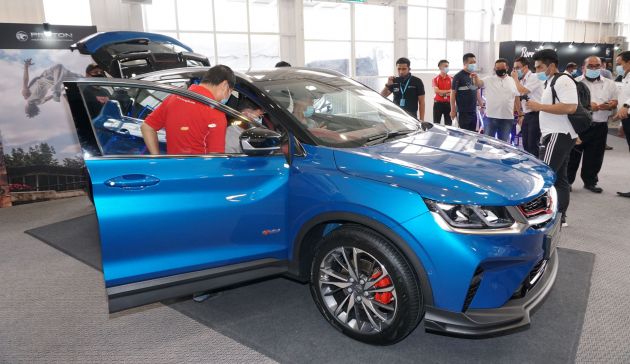
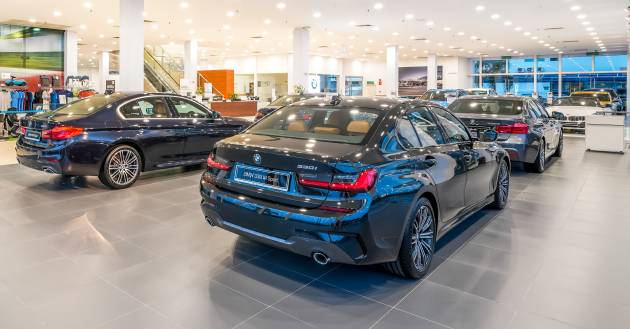



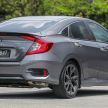
0 Comments